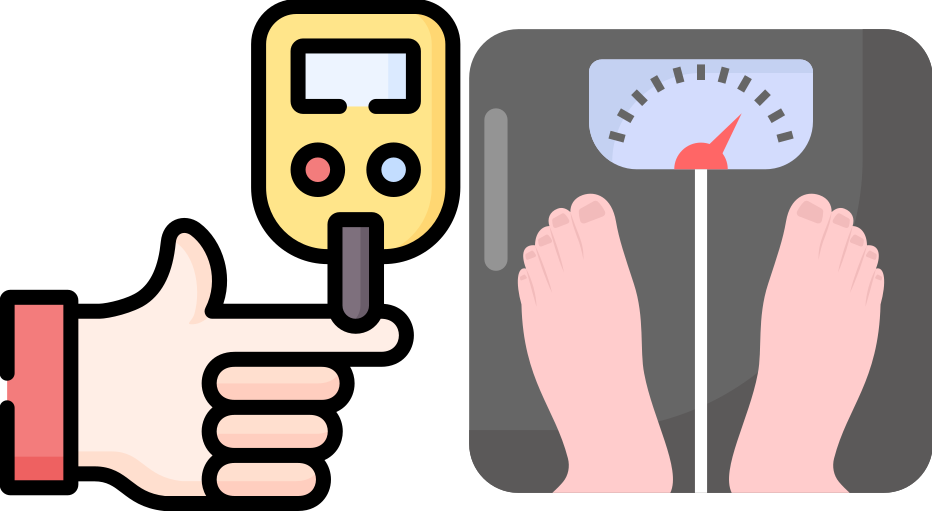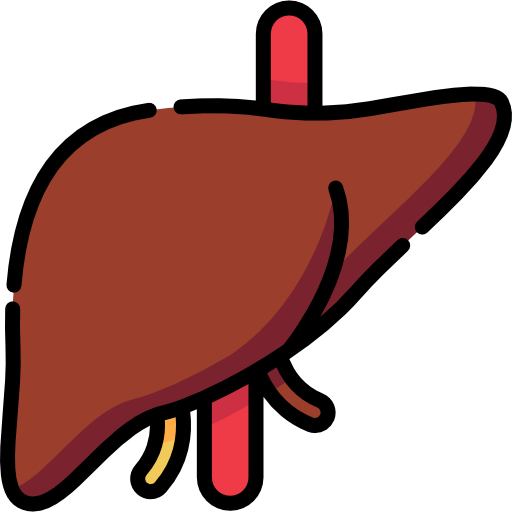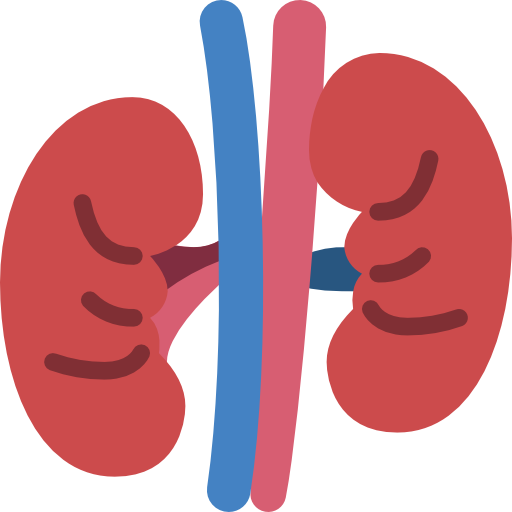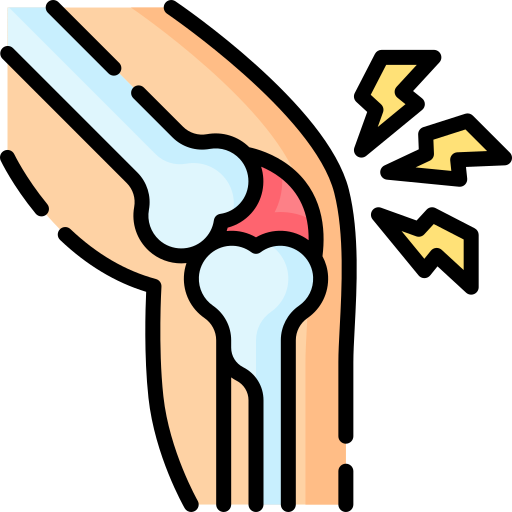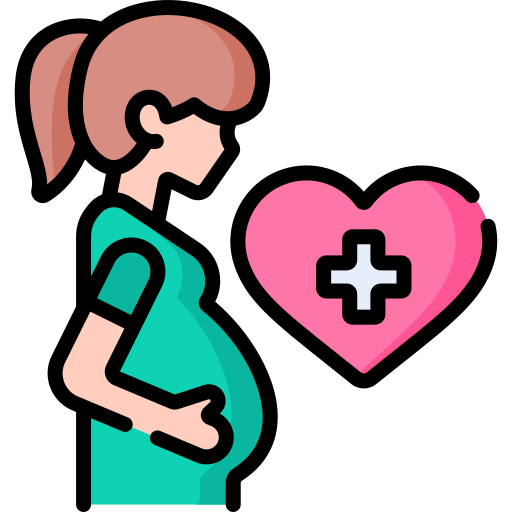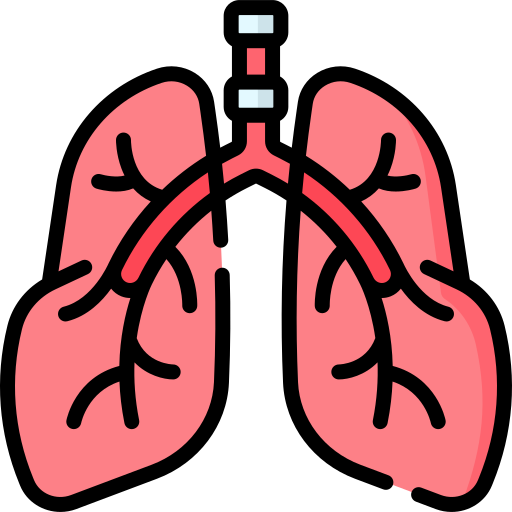Choose a disease category
Back to Top
Heart Disease
For Acute Coronary Syndrome Patients Recently Discharged
Predicts 30-day and 1-year risks of mortality, myocardial infarction, or revascularization.
For Heart Failure with Reduced Ejection Fraction Patients about to Undergo ICD or CRT-D Implantation for Primary Prevention of Sudden Cardiac Death
Predicts 3-year probability of monomorphic ventricular tachycardia and polymorphic ventricular tachycardia / ventricular fibrillation.
For Patients Hospitalized with ACS Receiving PCI Treatment
Predicts the probability of cerebrovascular accidents using patient demographics and clinical characteristics.
For Patients about to Undergo Transvenous Lead Extraction
Predicts 30-day all-cause mortality.
For Patients with Suspected Coronary Artery Disease and a Normal Electrocardiogram
Predicts 3-, 5- and 10-year survival after exercise treadmill testing.
Obesity
For Patients Immediately Following Bariatric Surgery
Predicts 30-day probability of venous thromboembolisms(VTEs) post discharge.
For Patients Immediately Following Laparoscopic Sleeve Gastrectomy
Estimates the probability of presence of a serious adverse events.
For Patients with Type 2 Diabetes and Obesity
Individualized Metabolic Surgery Score for Bariatric Procedure Selection.
For Patients with Type 2 Diabetes and Obesity
Predicts the 10-year risk of major adverse cardiovascular events with and without undergoing weight loss surgery.
For Patients with Type 2 Diabetes before Gastric Bypass and Sleeve Gastrectomy
Predicts late relapse of diabetes following early postoperative diabetes remission
For Patients with Early Postoperative Diabetes Remission after Gastric Bypass and Sleeve Gastrectomy
Predicts late relapse of type 2 diabetes.
Type 2 Diabetes
For Patients with Type 2 Diabetes
Predicts 6-year mortality.
For Patients with Type 2 Diabetes
Predicts 5-year risk of morbidity and mortality.
For Patients with Type 2 Diabetes Already on Metformin
Predicts 5-Year Outcomes for Second-Line Therapies.
Small Bowel Disease
For Patients Considering Organ Space Surgical Site Infection
Predicts 30-day infection risk of organ space surgical site infection.
Ulcerative Colitis
For Patients Immediately Following Restorative Proctocolectomy and Ileal Pouch Anal Anastomosis (IPAA)
Predicts 7-year pouch retention probability.
Liver Disease
For Patients Prior to Orthotopic Liver Transplantation
Predicts the need of a patient to attend an extended care facility (ECF).
For Children with Non-Alcoholic Fatty Liver Disease
Predicts NAFLD histological score.
Kidney Disease
For Patients Considering Considering Cardiac Surgery
Predicts moderate to severe acute kidney injury.
For Patients Considering Living Donor Renal Transplant
Predicts the 5-year graft survival and 1-year eGFR value.
KTOP - Kidney Transplant Outcome Prediction
Prediction of certain outcomes after deceased-donor kidney transplantations.
Epilepsy
For Patients Eligible For Epilepsy Surgery
Predicts 2-year based on clinical criteria alone or based on clinical criteria and EEG characteristics.
For Adults Eligible For Temporal Lobe Resection For Epilepsy
Predicts the probabilities of postoperative naming, verbal memory, and mood decline following temporal lobe resection in older adolescents and adults (≥16 years)
For Patients With a Normal Appearing Hippocampus (HC) on MRI
Predicts the 1-year risk of recurrent seizure after temporal lobe epilepsy (TLE) surgery.
For Children Eligible for Resective Epilepsy Surgeries that Include the Temporal Lobe
Predicts the probabilities of postoperative verbal and visual memory decline following temporal lobe resection in children (ages 6-16)
Psychosis
For Youth at High Risk
Predicts the conversion to psychosis for youth who are at high risk due to symptoms, genetic risk, and recent decline in functioning based on a variety of tests and psychometric dimensions.
Spine Surgery
For Patients Eligible for Cervical Spine Surgery
Predicts probability of emergency department visit within 30 days, readmission within 30 days and reoperation for infection within 90 days. Predicts change in EQ-5D, PHQ-9 and PDQ quality-of-life metrics.
Bladder
For Patients Immediately Following Radical Cystectomy
Predicts 5-year progression-free probability.
Brain
For Patients Diagnosed with Brain Metastasis
Predicts 6-month, 12-month and median survival.
For Patients with Newly Diagnosed Glioblastoma
Predicts 6-, 12- and 24-month survival probability.
Breast
For Women with Breast Cancer Who Do Not Receive Adjuvant Therapy
Predicts 15-year risk of breast cancer specific death.
For Women with Positive Sentinel Node Biopsy
Predicts risk of additional node metastasis following complete axillary lymph node dissection.
For Women Considering or Undergoing Axillary Lymph Node Dissection
Predicts 5-year risk of arm lymphedema.
For Women Considering or Undergoing Mastectomy with N1 Breast Cancer
Predicts risk of recurrence and mortality.
Colorectal
For Patients After Liver Resection For Stage IV Colorectal Cancer
Predicts 96-month disease-specific survival.
For Patients Immediately Following Surgery
Predicts the 5- and 10-year recurrence-free survival percentage.
For Patients Without History of Colorectal Cancer, Inflammatory Bowel Disease, Familial Adenomatous Polyposis, Lynch Syndrome, or Adenomatous Polyps
Predicts 10-year colorectal cancer risk.
Gastric
For Patients Considering R0 Resection for Gastric Carcinoma
Predicts 5- and 9-year disease-specific survival.
For Pre-treatment Gastric Patients
Predicts 1-, 3-, and 5-year overall survival and disease-specific mortality.
Kidney
For Patients Immediately Following Partial or Radical Nephrectomy
Predicts 5- and 7-year freedom from recurrence and 7-year renal insufficiency.
For Patients With Metastatic Renal Cell Carcinoma
Predicts 12-month progression-free survival with sunitinib or pazopanib.
For Patients with Small Renal Masses
Predicts the probability of malignant pathology for small renal masses.
For Patients with a Stage 1 Localized Kidney Tumor without Metastasis
Predicts Kidney Cancer Upstaging Risk.
Melanoma
For Patients Immediately Prior to Sentinel Lymph Nodes Biopsy
Predicts the probability of positive sentinel nodes.
For patients with small choroidal melanocytic lesions
Predicts probability of small choroidal melanoma.
For Patients with Iris Melanocytic Tumors
Predicts probability of iris melanoma.
Oral
For Patients after Surgery Oral Cavity Squamous Cell Carcinoma
Predicts 5-year percentage of recurrence-free survival to assist in determining the need for adjuvant treatment.
Ovarian
For Patients after Primary Surgery for Bulky Stage IIIC Carcinoma
Predicts 5-year probability of survival.
Pancreatic
For Patients after Resection for Adenocarcinoma of the Pancreas
Predicts 12-, 24- and 36-month survival.
Penile
For Patients Having Undergone Surgery for Squamous Cell Carcinoma of the Penis
Predict 5-year cancer specific survival and lymph node involvement.
Prostate Cancer 1: Risk Prior to Diagnosis
For Patients Prior to Initial Biopsy
Predicts percentage chance of having prostate cancer and of having high grade prostate cancer to help determine treatment options.
For Patients with a Prior Negative 6- to 12-Core Biopsy in the past 6 months
Determines 4-year probability of outcomes with or without dutasteride.
For Patients with Prior Negative Biopsy
Predicts percentage of having prostate cancer with repeated prostate biopsy.
Prostate Cancer Prevention Trial Biopsy Risk Calculator (Deprecated, use PBCG below)
For patients who are undergoing prostate cancer screening with PSA and DRE.
Prostate Biopsy Collaborative Group Biopsy Risk Calculator
For patients who are undergoing prostate cancer screening with PSA and DRE.
Extended Prostate Biopsy Collaborative Group Biopsy Risk Calculator
For patients who are undergoing prostate cancer screening with PSA and DRE.
Prostate Cancer 2: Pre-Treatment
For Patients Immediately Prior to Surgery
Predicts the probability of upgrading the Gleason score in patients with low- and intermediate-grade prostate cancer on biopsy to help identify patients who may benefit from more aggressive or novel therapy.
For Patients Recently Diagnosed with Clinically Localized Prostate Cancer
Predicts 5- and 10-year probabilities for radical prostatectomy, watchful waiting, and 3-dimensional conformal radiation therapy of survival, indolent cancer, freedom from recurrence, metastasis and trifecta.
Prostate Cancer 3: Post-Treatment
For Patients Immediately Following Radical Prostatectomy
Predicts 7-, 9- and 10-year post-treatment freedom from recurrence, and 10- and 15-year cancer-specific mortality.
For Patients Immediately Following Brachytherapy
Predicts 7- and 9-year post-treatment freedom from recurrence.
Prostate Cancer 4: PSA Recurrence Following Radical Prostatectomy
For Patients with Biochemical Recurrence Following Radical Prostatectomy
Predicts the probability of freedom from biochemical failure at 5- and 10-year and cumulative incidence of metastasis at 5- and 10-year for men receiving salvage radiation therapy.
For Patients with Biochemical Recurrence Following Radical Prostatectomy
Predicts 5-, 10- and 15-year prostate cancer-specific mortality.
Prostate Cancer 5: Metastatic Disease
For Men with Progressive Metastatic Disease
Predicts 1- and 2-year overall survival.
Sarcoma
For Patients Considering Treatment for Primary Soft Tissue Sarcoma
Predicts postoperative rates of 12-year sarcoma-specific mortality.
For Patients with Sarcoma
Predicts 1-, 2- and 3-year risk of sarcoma-specific death following local recurrence.
Thyroid
For Patients with Thyroid Nodules
Predicts probability of thyroid cancer in thyroid nodules.
Total Joint Deterioration
For Patients Immediately after Total Joint Arthroplasty
Predicts length of stay and chance of NOT returning home.
Pancreas
For Patients after Pancreas Transplantation from a Deceased Donor
Predicts 5 and 10-year risk of death, pancreas graft loss, and kidney graft loss.
Prostate
For Patients Receiving Dutasteride Therapy
Predicts probability of acute urinary retention or surgical intervention within 2 years.
Female Pelvic Medicine and Reconstructive Surgery
For Women with Urinary Incontinence Considering Midurethral Sling Surgery
Predicts risk of any adverse event, bothersome stress, urge incontinence or positive stress test with 12 months of surgery.
For Women Considering Surgery for Pelvic Organ Prolapse
Predicts risk of urinary incontinence to help identify patients who may benefit from more aggressive management.
For Women about to Deliver Their First Baby and Immediately Following Delivery
Predicts postpartum urinary and fecal incontinence.
For Women Considering Gynecologic Surgery
Predicts 30-day transfusion probability.
For Women Considering Pelvic Organ Prolapse Surgery
Predicts recurrent pelvic organ prolapse, surgical complications, and change in health status 12 months.
Infertility
For Infertile Men about to Undergo Varicocele Repair
Predicts changes in semen parameters.
Pregnancy
For Pregnant Women
Predicts 12 and 20 year risk of pelvic floor disorders.
For Pregnant Women Considering Cesarean Delivery
Predicts 30-day probability of infection after Cesarean Delivery.
Pulmonary Nodules
For Patients Considering Biopsy or Resection
Predicts the probability of malignancy of pulmonary nodules clinically deemed at high enough risk to consider biopsy or resection.
Covid-19
For Patients Recommended by a Physician to be Tested for COVID-19
Predicts the probability of a positive test result.
For Patients Recently Testing Positive for COVID-19
Predicts the probability of hospitalization.
For Patients Recently Testing Positive for COVID-19
Predicts the probability of ICU admission or death from COVID-19.
Intensive Care Unit
For Patients Admitted to Intensive Care Unit
Predicts discharge to a long-term acute care hospital.
Medical Education
For Residents after Completing Training in Internal Medicine
Predicts the probability of passing the American Board of Internal Medicine examination.
Readmission Risk Score
For Patients Being Discharged from the Hospital
Estimates the risk of 30-day hospital readmission
Sample Size Calculator
For Researchers Conducting Clinical Studies
Estimates the sample size for randomized controlled trials (RCT), observational studies, and prediction models.

